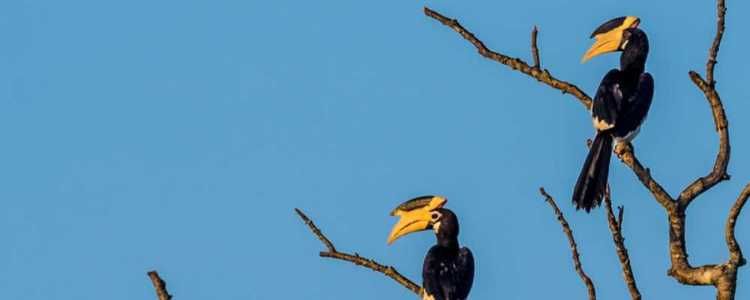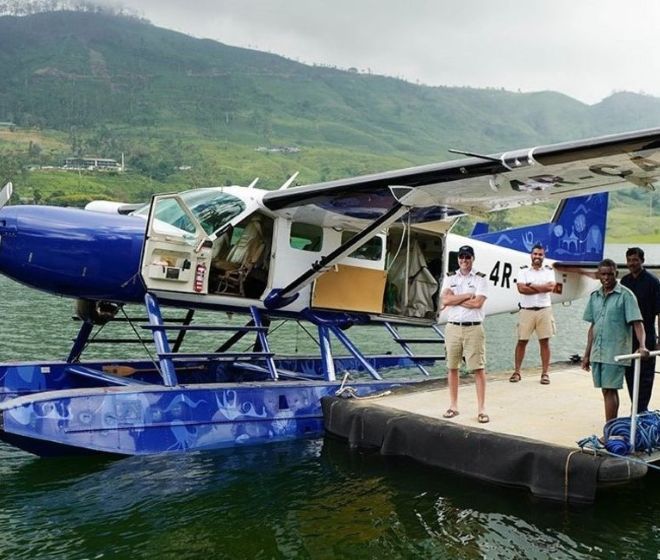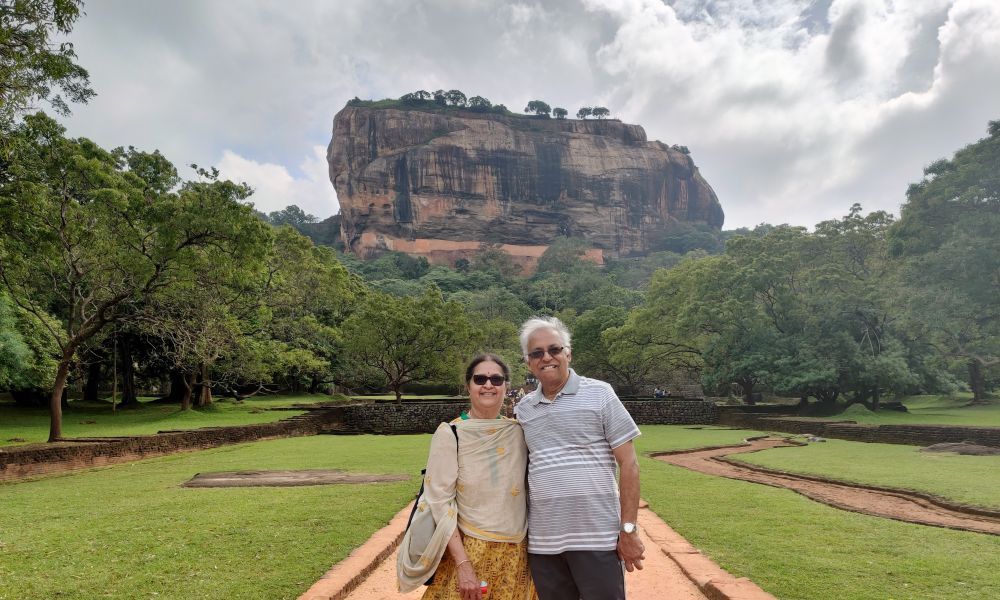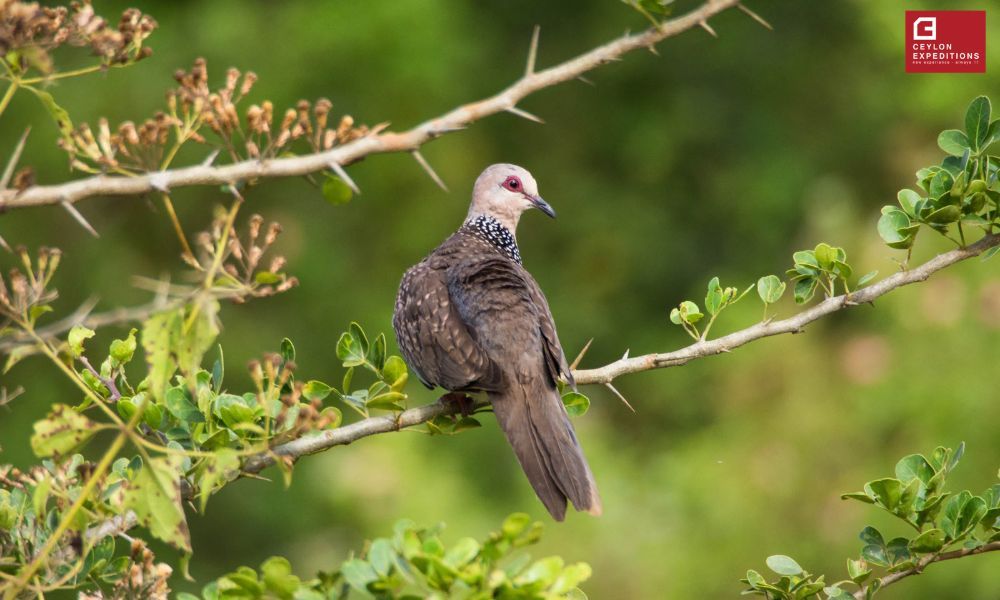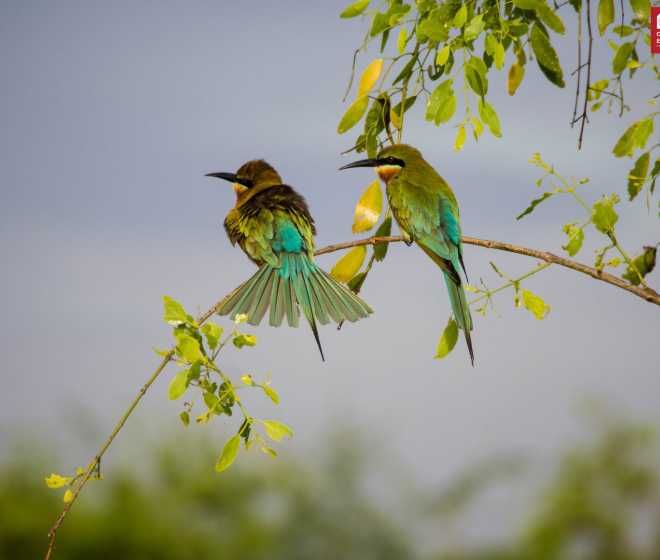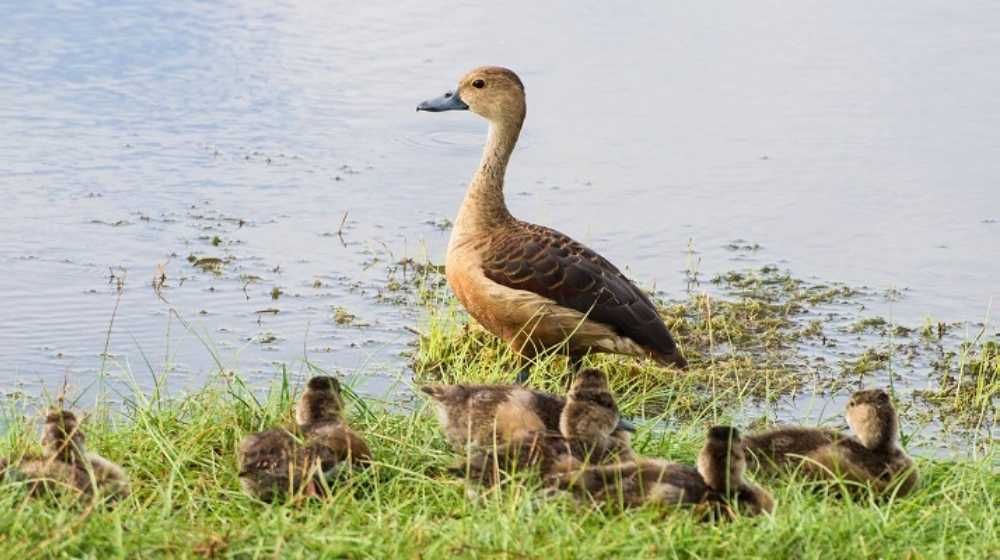
Wasgamuwa National Park Sri Lanka
Wasgamuwa National Park is lies in the districts of Matale and Polonnaruwa, 225km away from Colombo, Boasting of a rich history and biodiversity. It was declared a national park in 1984 as one of the four national parks designated to protect and make a refuge for the wild animals displaced during the Mahaweli Development Project. The park’s name is a combination of the words Walas and Gamuwa translating to sloth bear woods can reach 4X4 Safari at untouched, untamed wilderness.
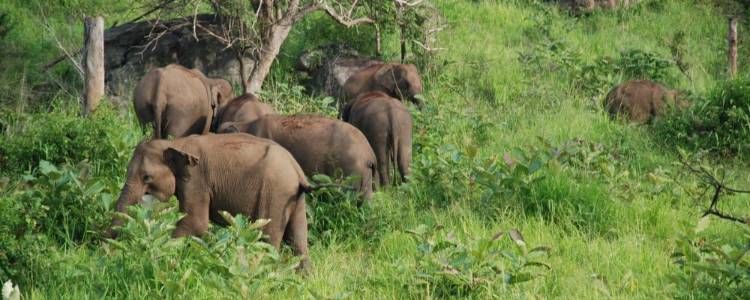
Spanning 39,322 hectares, the park is located in the dry zone of Sri Lanka, receiving rain only during the north eastern monsoon from October to January. Wasgamuwa National Park is a dry evergreen forest with quartz and marble commonly found in its soil. It exhibits one of the highest biodiversity among the protected areas in Sri Lanka, with more than 150 floral species recorded. The reservoirs support a large number of flora species with old tamarind trees, some 1,700 years old, being found within the park. It is home to 23 species of mammals, 143 species of birds (8 endemic), and 17 species of reptiles (5 endemic), making it both an Important Bird Area (IBA) and a place where Sri Lankan elephants can be seen in large herds.
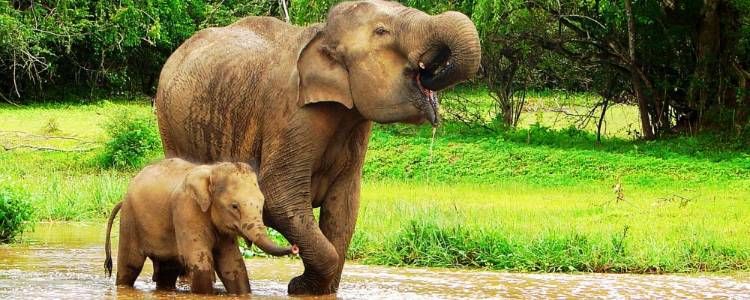
It lies within the ancient city of Polonnaruwa, which results in historical ruins being abundant. Ruins of ancient irrigation tanks of Malagamuwa, Wilmitiya, Dasthota and Yoda Ela canal which were built by Parakramabahu 1 are found within the park. The famous battle ground of the final battle between Chola King Elara and Sri Lankan King Dutugamunu, Yudangana Pitiya, and the supposed camp site of King Dutugamunu’s army, Kandaura Pitiya, can also be visited here. Remnants of Chulangani chaitya, built by King Mahanaga, is also present in the park and the artifacts recovered from within the chaitya, such as King Sri Vikrama Rajasinha’s bowl and several bronze statues, are now kept in Yudangana viharaya.
